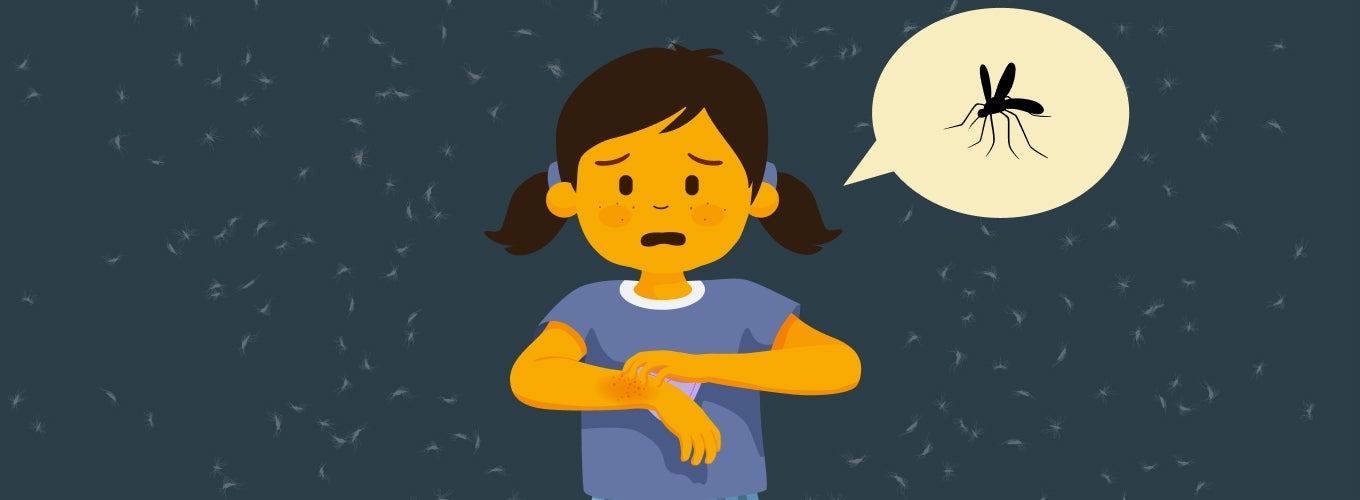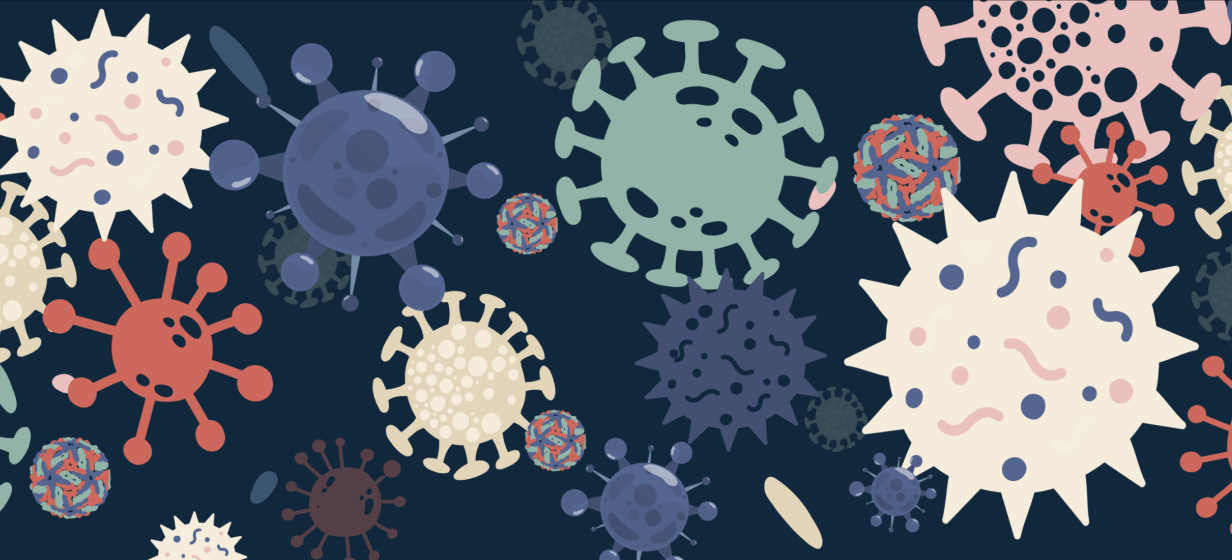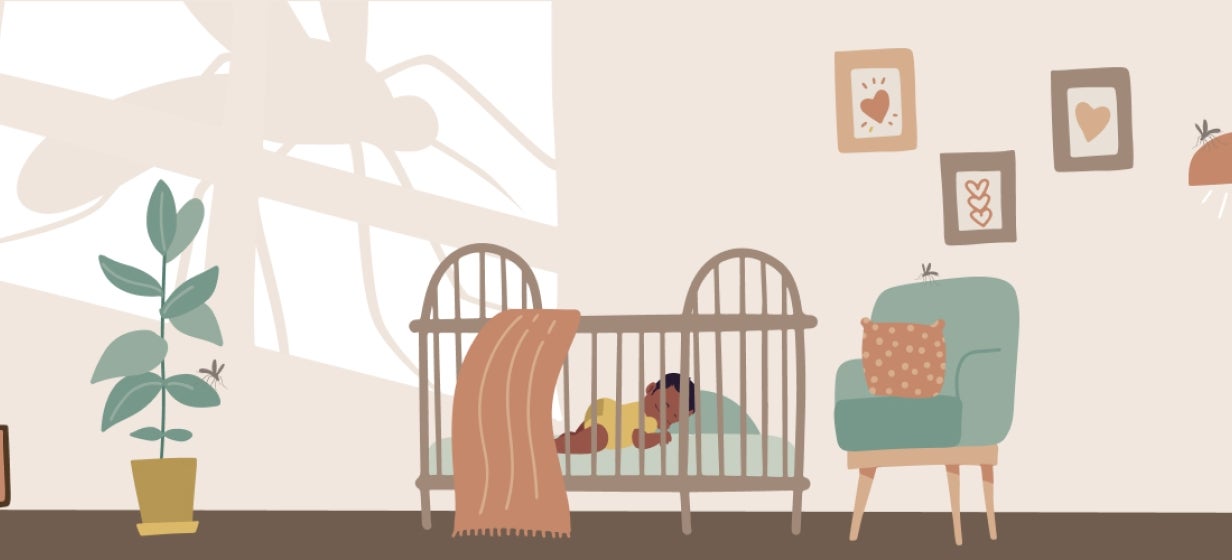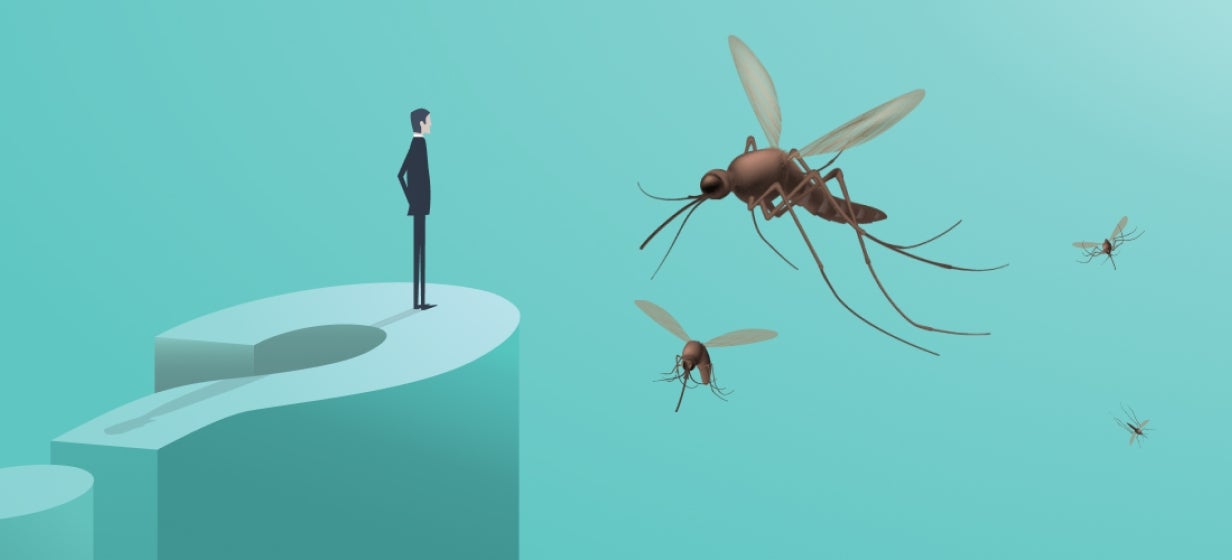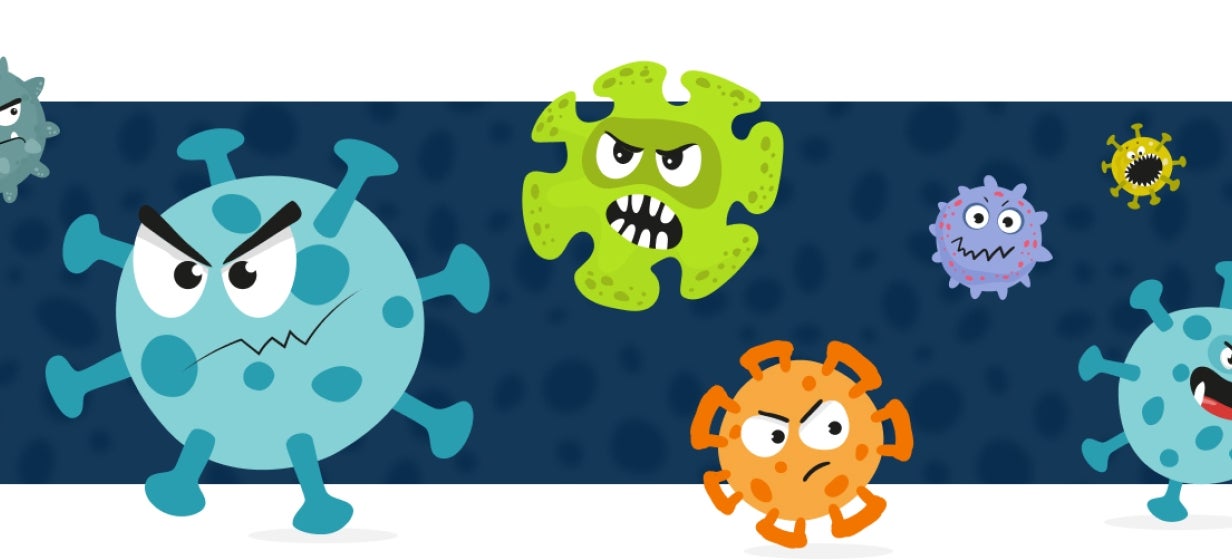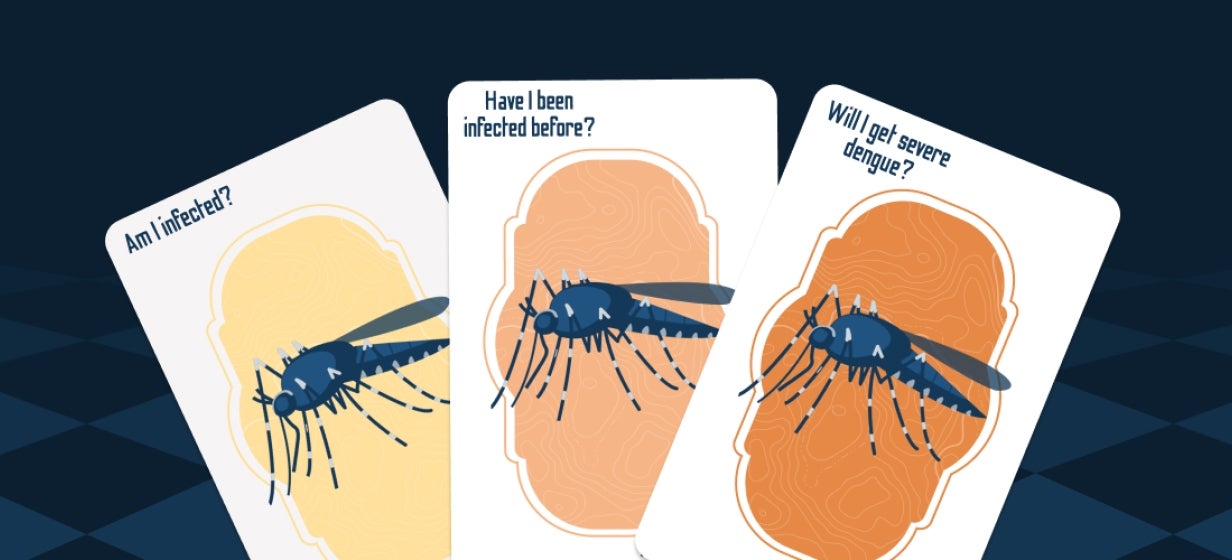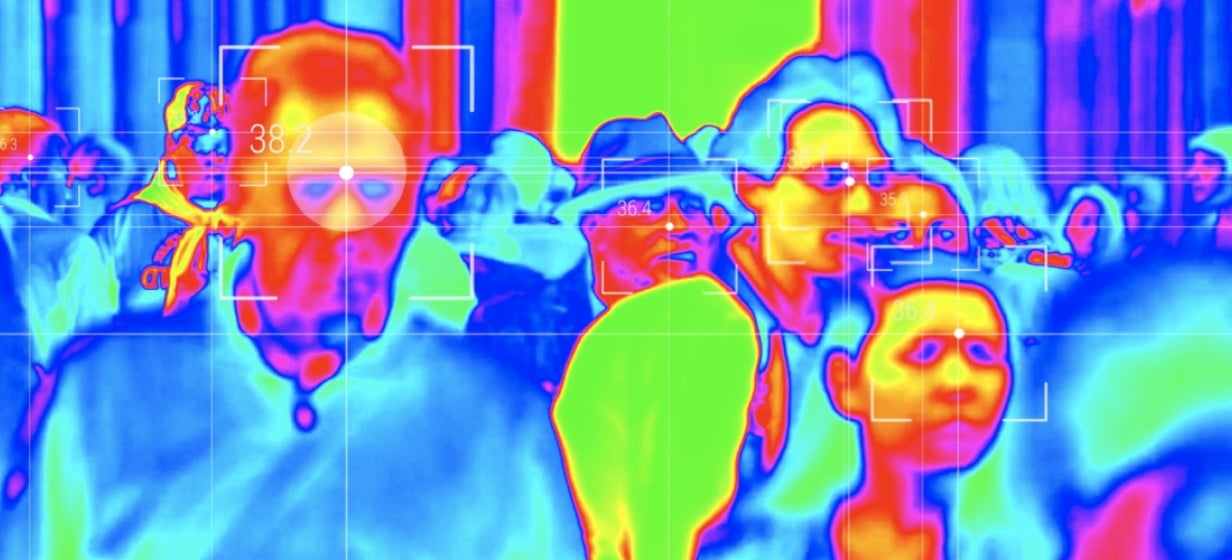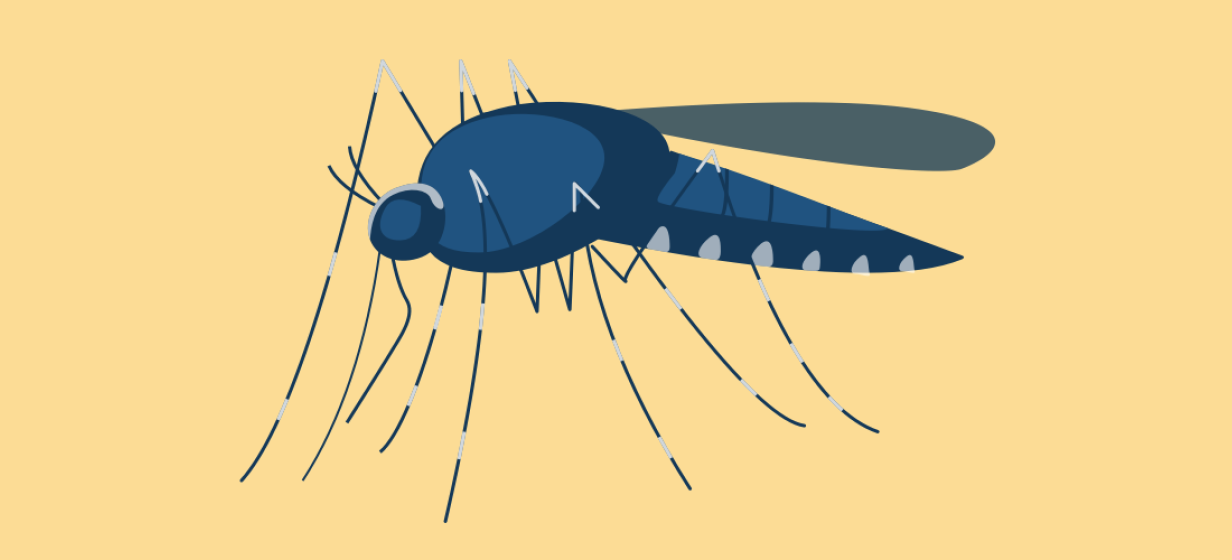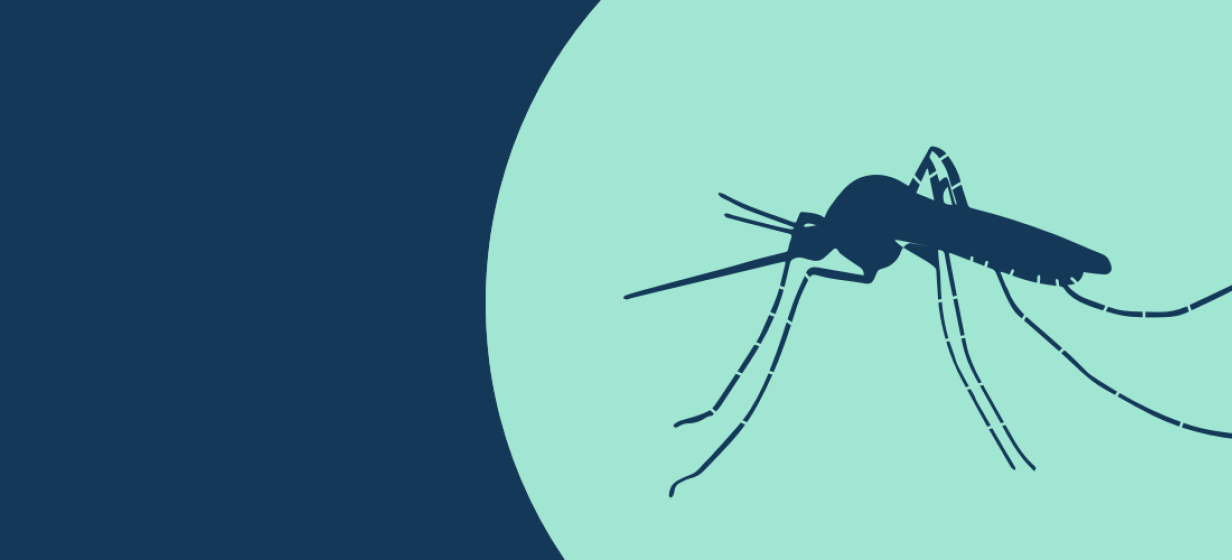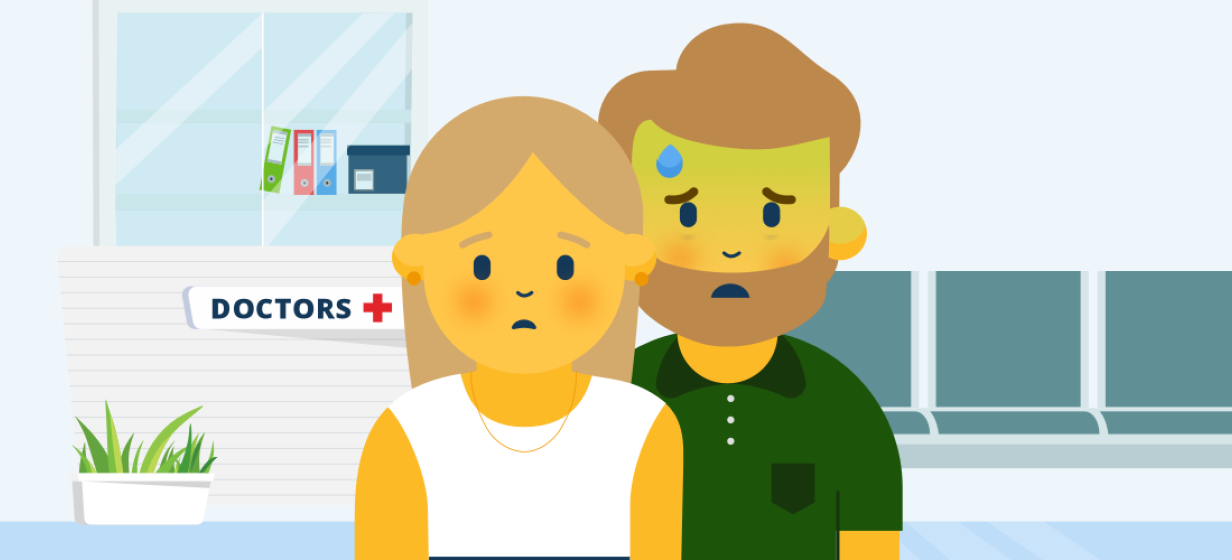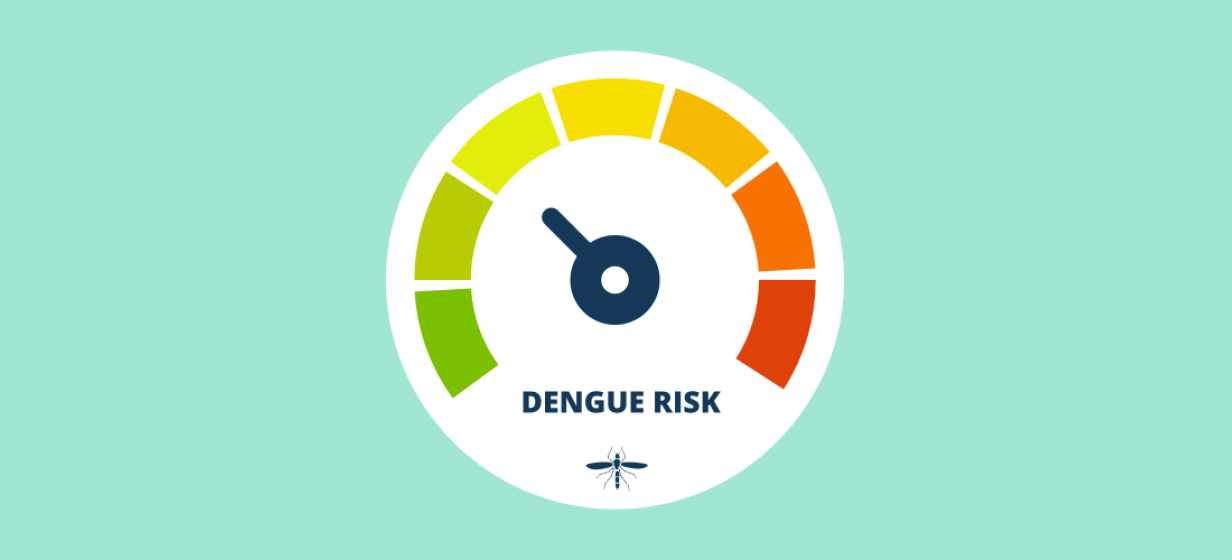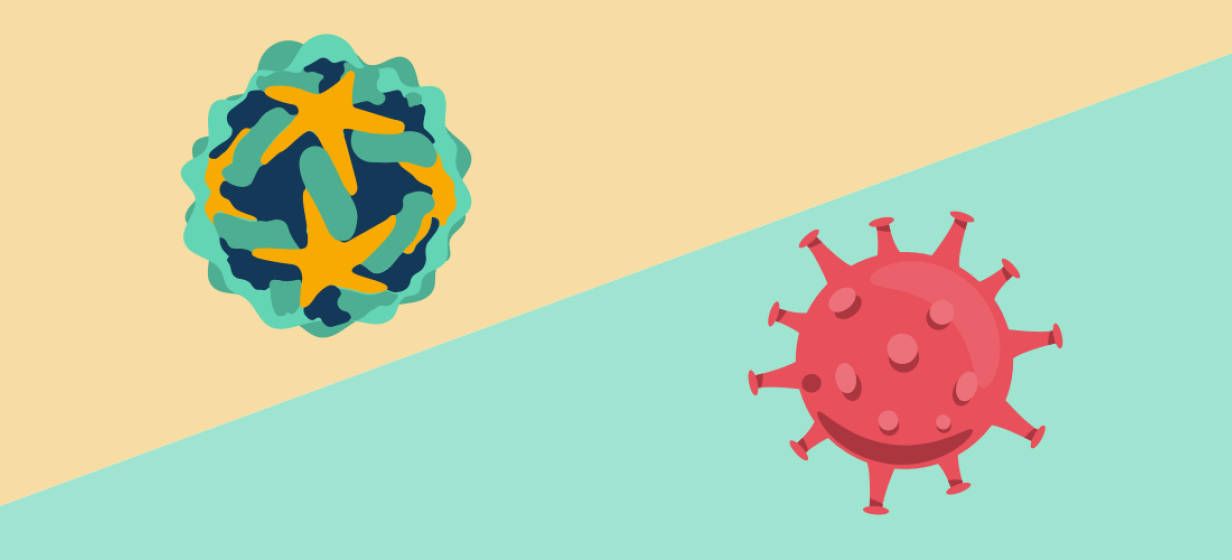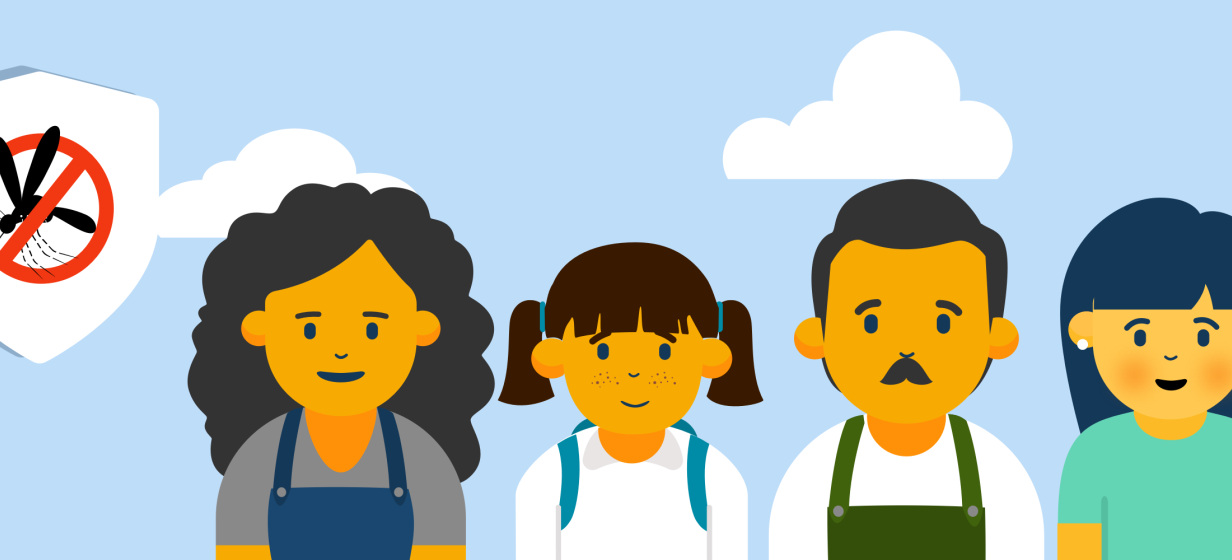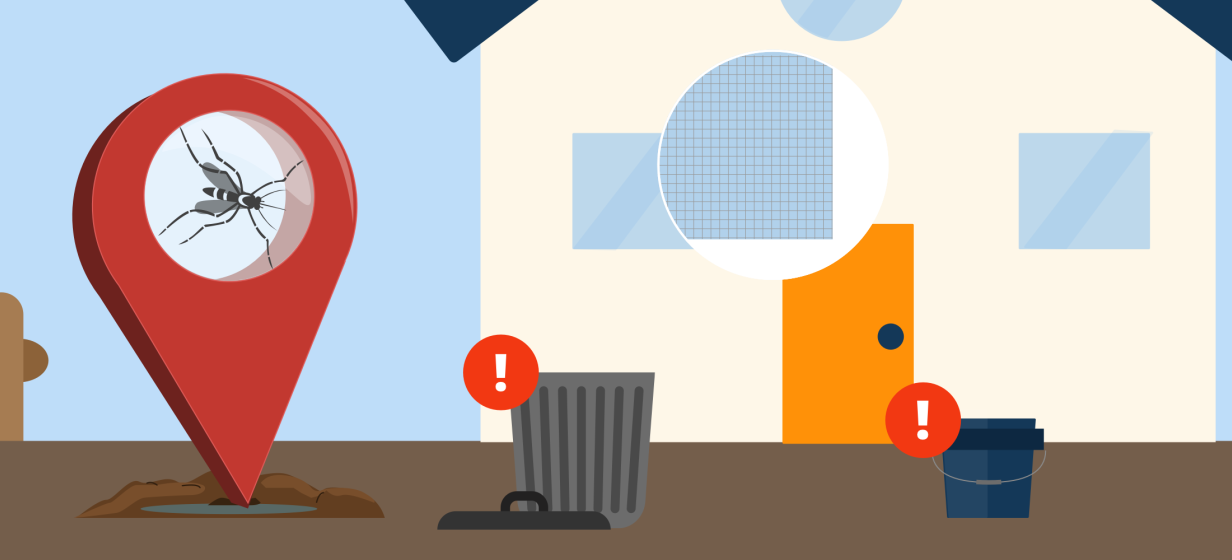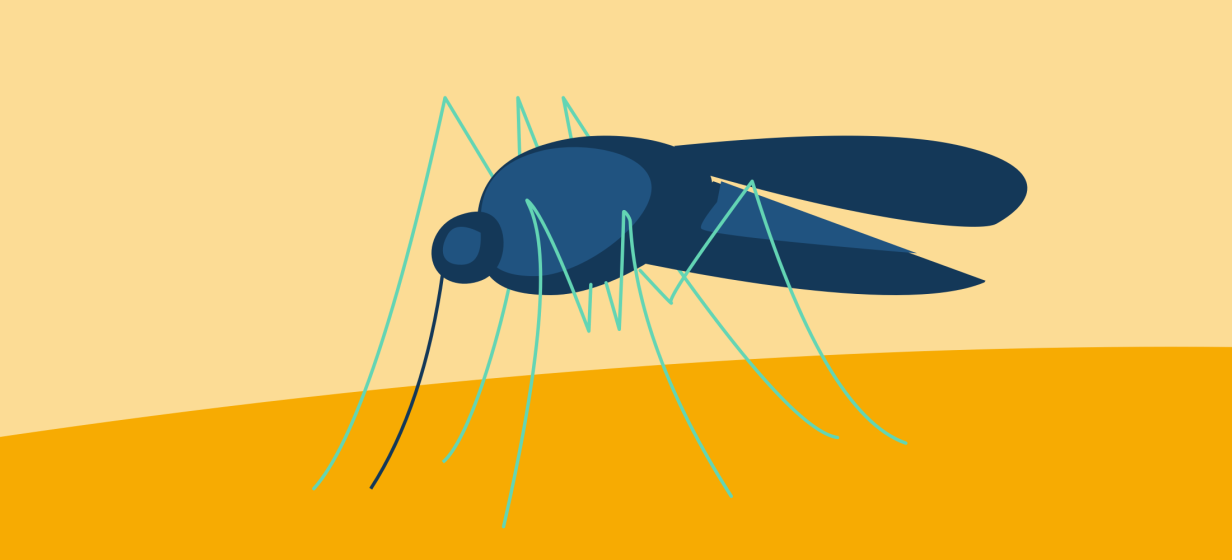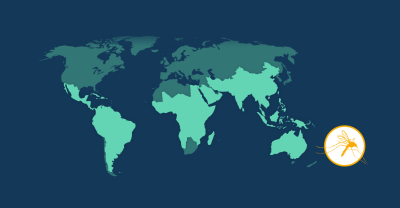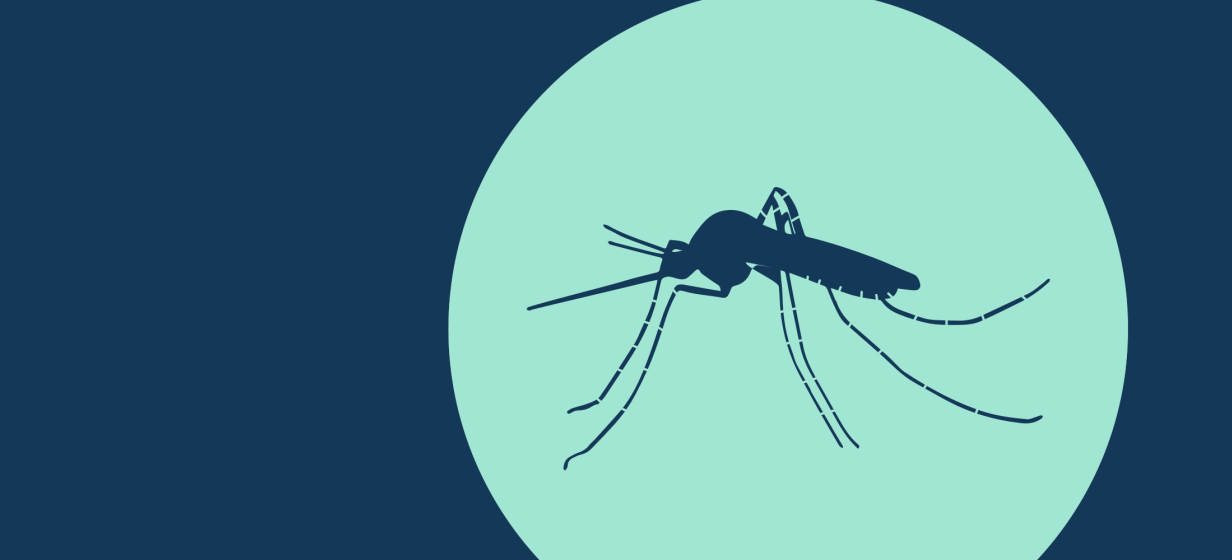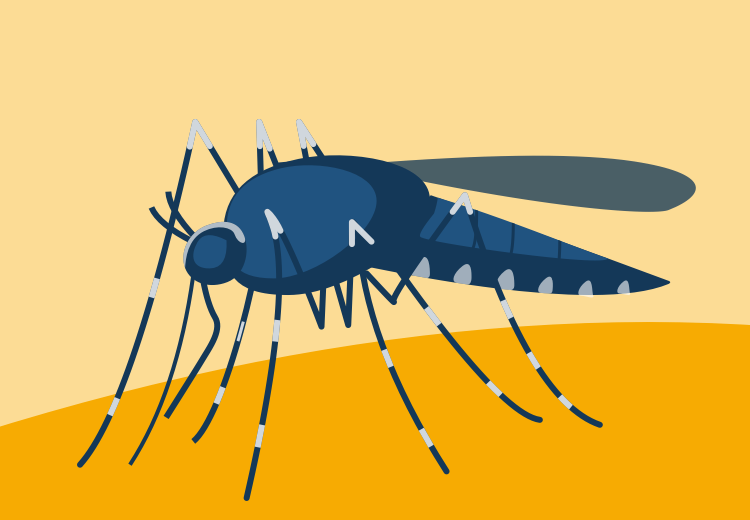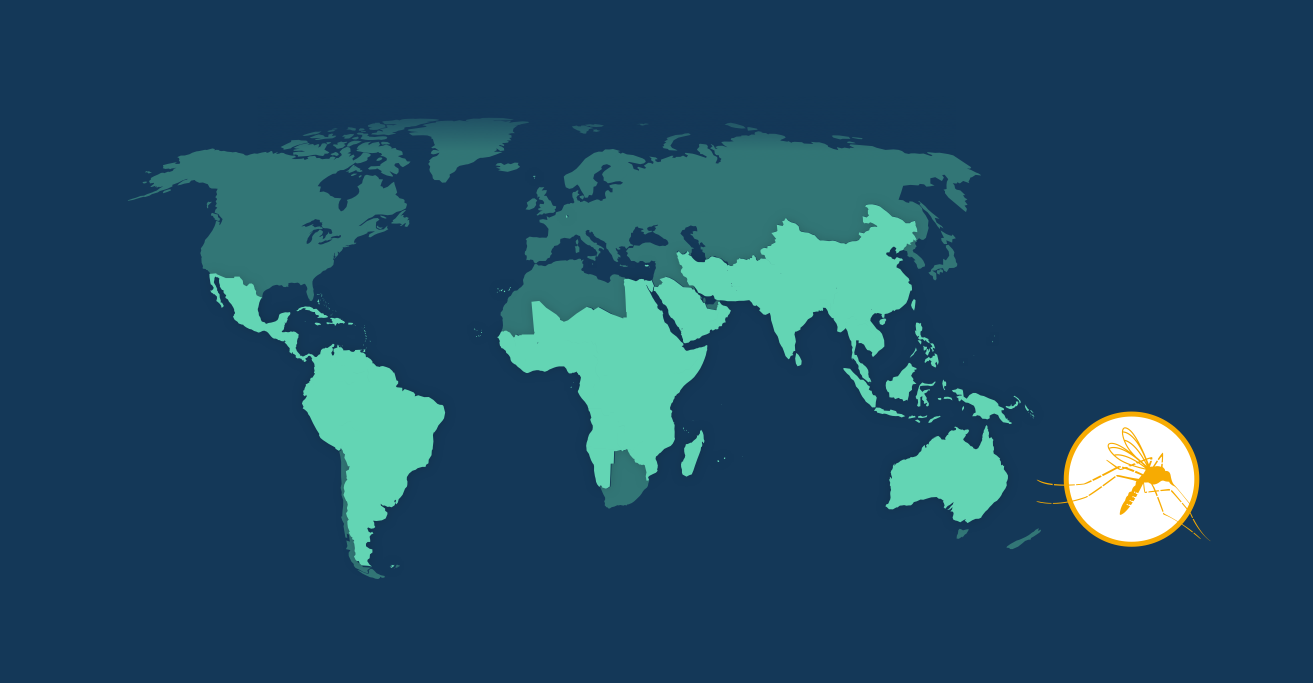For children living in endemic regions dengue can cause significant sickness and death.1 In fact, the vast majority of dengue cases, nearly 95% in some countries, occur in children less than 15 years of age.1,2
In adults, symptoms of dengue are commonly asymptomatic or mild, and progress to severe disease in around 1 in 20 cases.7 However, infants experience severe disease more often than older populations.1 Data suggests that infants under 1 and children aged between 4-9 years old are most at risk of these more severe complications, such as plasma leakage and the potentially fatal dengue shock syndrome.1
There are 4 different strains or ‘serotypes’ of the dengue virus.7 As with dengue in adults, children who become infected with a second dengue serotype after an initial primary dengue infection are at higher risk of severe dengue.1,7
Cases of dengue in children may also be under reported. Children with mild dengue infections do not generally require hospitalization and mild or asymptomatic dengue infections are often not detected by public health surveillance systems.1 Therefore the true burden of dengue in this vulnerable population is difficult to quantify.

Diagnosis of dengue fever in children can be challenging
Diagnostic tests for dengue are widely available, however, costs, waiting time, and large case numbers mean that physicians often have to rely on symptoms alone.1 In high burden settings dengue fever can easily be confused with non-dengue illnesses, meaning cases can be misdiagnosed.1,3 This can lead to issues, as even short delays in dengue diagnoses and treatment can increase the chance of developing severe disease.4
No specific treatment for dengue is available, so clinical management includes close monitoring of body systems, fluid replacement therapy and recognition of signs of severe disease.1 Hospitalization can be required in children with warning signs and those at higher risk of severe dengue, such as infants.1 Recognizing early signs of progression is vital to begin supportive treatment,5 and early detection of disease progression and access to proper medical care can lower fatality rates to below 1%.6
Dengue fever can also affect traveling children
We can estimate that around 7% of travelers are children using travel data from US residents.1 One study found that dengue fever was one of the most common causes of fever and illness among children returning from warm, wet climates (other than Africa).1 In particular, children visiting friends and relatives abroad were at risk of dengue infection, possibly because they are more likely to go to locations without mosquito control measures in place.1
The most common dengue symptoms in pediatric travelers are fever and gastrointestinal complaints, which can make diagnosis challenging.1 However, a high proportion of children present with warning signs of severe disease.1 Pre-travel education is needed to increase awareness for those traveling to an endemic region.1
Preventative measures
For children traveling to or living in dengue endemic areas, preventive measures are important to consider, such as the use of insect repellents containing DEET, and seeking prompt medical care.1 Early consultation and recognition of dengue symptoms helps reduce the risk of progression to severe disease, and could also improve surveillance efforts and aid local dengue control.4
If you are worried about dengue or have healthcare-related questions, please contact your doctor or other healthcare professional promptly.
Want to know more about the difficulties of diagnosing dengue? Read the next article: Dengue in disguise: the challenge of dengue diagnosis
















